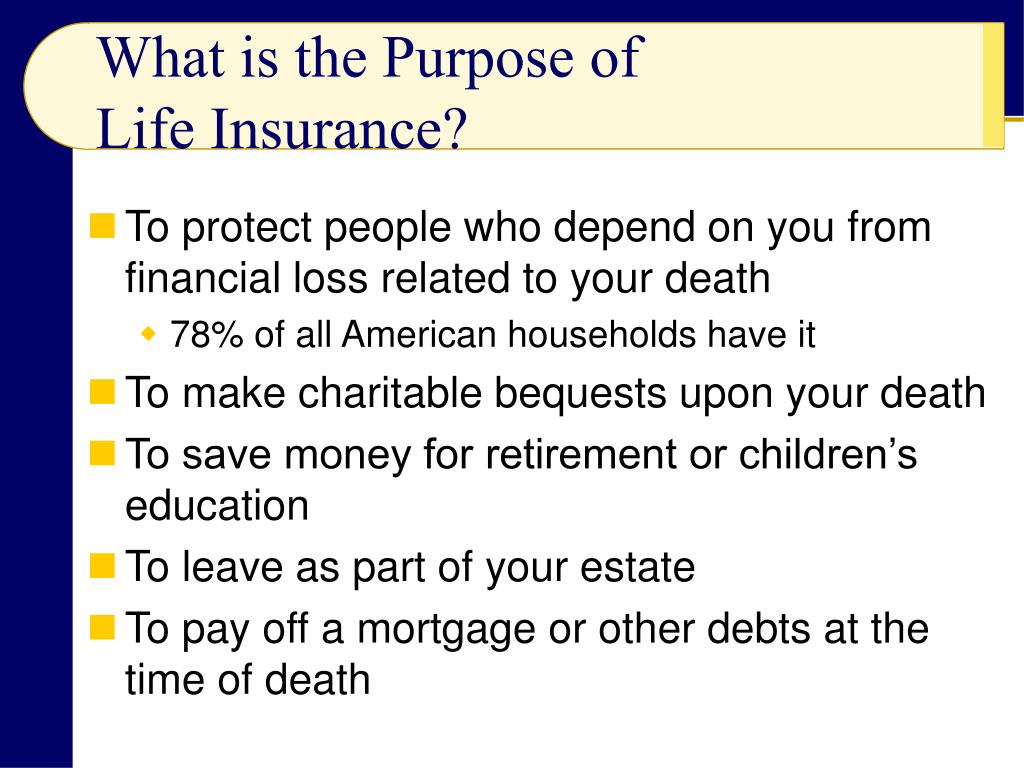The Facts About Pacific Prime Uncovered
The Facts About Pacific Prime Uncovered
Blog Article
An Unbiased View of Pacific Prime
Table of ContentsOur Pacific Prime DiariesSome Known Details About Pacific Prime The 4-Minute Rule for Pacific PrimeThe 45-Second Trick For Pacific PrimePacific Prime - An Overview

This is due to the fact that the data were accumulated for a period of strong economic performance. Of the estimated 42 million individuals that were without insurance, just about regarding 420,000 (concerning 1 percent) were under 65 years old, the age at which most Americans come to be eligible for Medicare; 32 million were grownups in between ages 18 and 65, about 19 percent of all grownups in this age team; and 10 million were kids under 18 years old, regarding 13.9 percent of all kids (Mills, 2000).
These price quotes of the variety of individuals uninsured are produced from the yearly March Supplement to the Existing Populace Survey (CPS), performed by the Census Bureau. Unless or else kept in mind, national price quotes of individuals without health and wellness insurance policy and percentages of the populace with various kinds of protection are based on the CPS, the most widely used source of price quotes of insurance policy coverage and uninsurance rates.
The Ultimate Guide To Pacific Prime

Still, the CPS is especially useful due to the fact that it produces annual estimates fairly swiftly, reporting the previous year's insurance coverage approximates each September, and since it is the basis for a consistent collection of estimates for greater than twenty years, permitting analysis of fads in insurance coverage in time. For these reasons, along with the comprehensive use the CPS in other research studies of insurance policy coverage that are presented in this record, we rely on CPS estimates, with limitations noted.

The quote of the number of uninsured individuals expands when a population's insurance policy condition is tracked for a number of years. Over a three-year period beginning early in 1993, 72 million people, 29 percent of the united state population, were without insurance coverage for at the very least one month. Within a single year (1994 ), 53 million individuals experienced at least a month without insurance coverage (Bennefield, 1998a)
Six out of every 10 uninsured grownups are themselves employed. Although working does improve the probability that one and one's relative will certainly have great site insurance policy, it is not a warranty. Also participants of family members with two permanent wage income earners have almost a one-in-ten possibility of being without insurance (9.1 percent without insurance rate) (Hoffman and Pohl, 2000).
Not known Factual Statements About Pacific Prime
New immigrants represent a considerable proportion of individuals without health and wellness insurance. One analysis has attributed a significant section of the recent growth in the dimension of the united state without insurance population to immigrants that arrived in the country between 1994 and 1998 (Camarota and Edwards, 2000). Recent immigrants (those who pertained to the United States within the previous 4 years) do have a high rate of being without insurance (46 percent), but they and their children represent simply 6 percent of those without insurance coverage nationally (Holahan et al., 2001).
The relationship in between medical insurance and access to care is well established, as documented later on in this chapter. The relationship in between health insurance coverage and health outcomes is neither straight nor basic, an extensive medical and health and wellness services research study literature web links health and wellness insurance policy protection to enhanced access to care, much better high quality, and improved personal and population health and wellness condition.
Degrees of evaluation for checking out the results of uninsurance. This conversation of medical insurance protection focuses mainly on the united state populace under age 65 because practically all Americans 65 and older have Medicare or various other public insurance coverage. Furthermore, it concentrates particularly on those with no medical insurance for any type of size of time.
Pacific Prime for Beginners
The troubles faced by the underinsured remain in some areas comparable to those encountered by the uninsured, although they are usually much less serious. expat insurance. Uninsurance and underinsurance, however, include clearly various plan problems, and the strategies for resolving them might vary. Throughout this research study and the 5 records to follow, the primary emphasis is on persons with no medical insurance and thus no aid in spending for health treatment past what is available with charity and safety net organizations
Medical insurance is a powerful factor influencing invoice of care because both patients and medical professionals react to the out-of-pocket cost of solutions - https://experiment.com/users/pacificpr1me. Medical insurance, nonetheless, is neither required nor sufficient to get to clinical services. The independent and direct effect of wellness insurance coverage on accessibility to health services is well established.
Others will certainly obtain the healthcare they need also without medical insurance, by spending for it expense or seeking it from suppliers who offer care totally free or at extremely subsidized rates. For still others, medical insurance alone does not make sure invoice of care as a result of various other nonfinancial obstacles, such as a lack of health care suppliers in their area, restricted access to transportation, illiteracy, or linguistic and cultural differences.
Pacific Prime for Beginners
Formal research study concerning uninsured populaces in the United States dates to the late 1920s and very early 1930s when the Board on the Price of Healthcare created a collection of records regarding financing doctor workplace sees and hospital stays. This concern came to be salient as the varieties of clinically indigent climbed up throughout the Great Depression.
Report this page